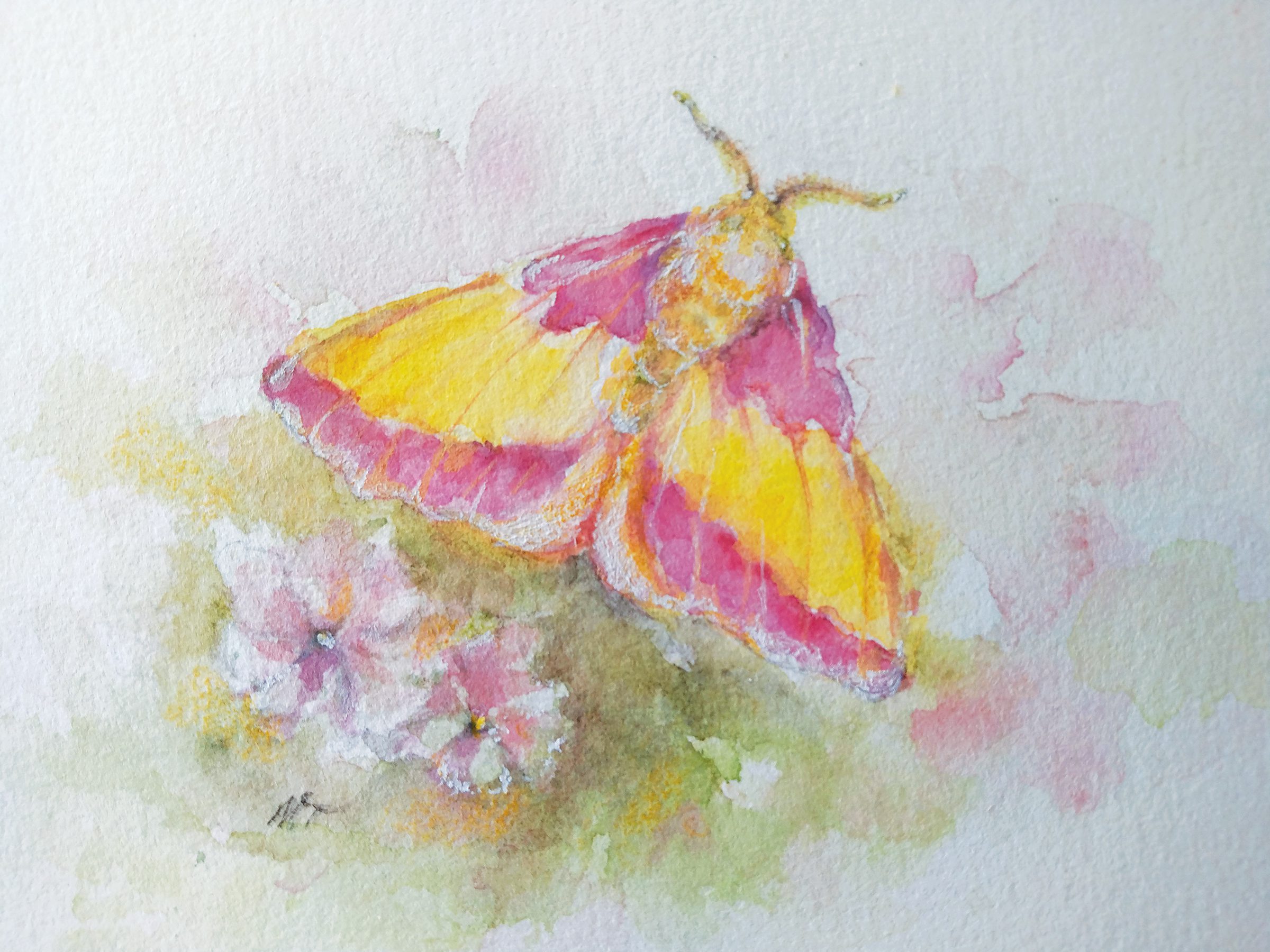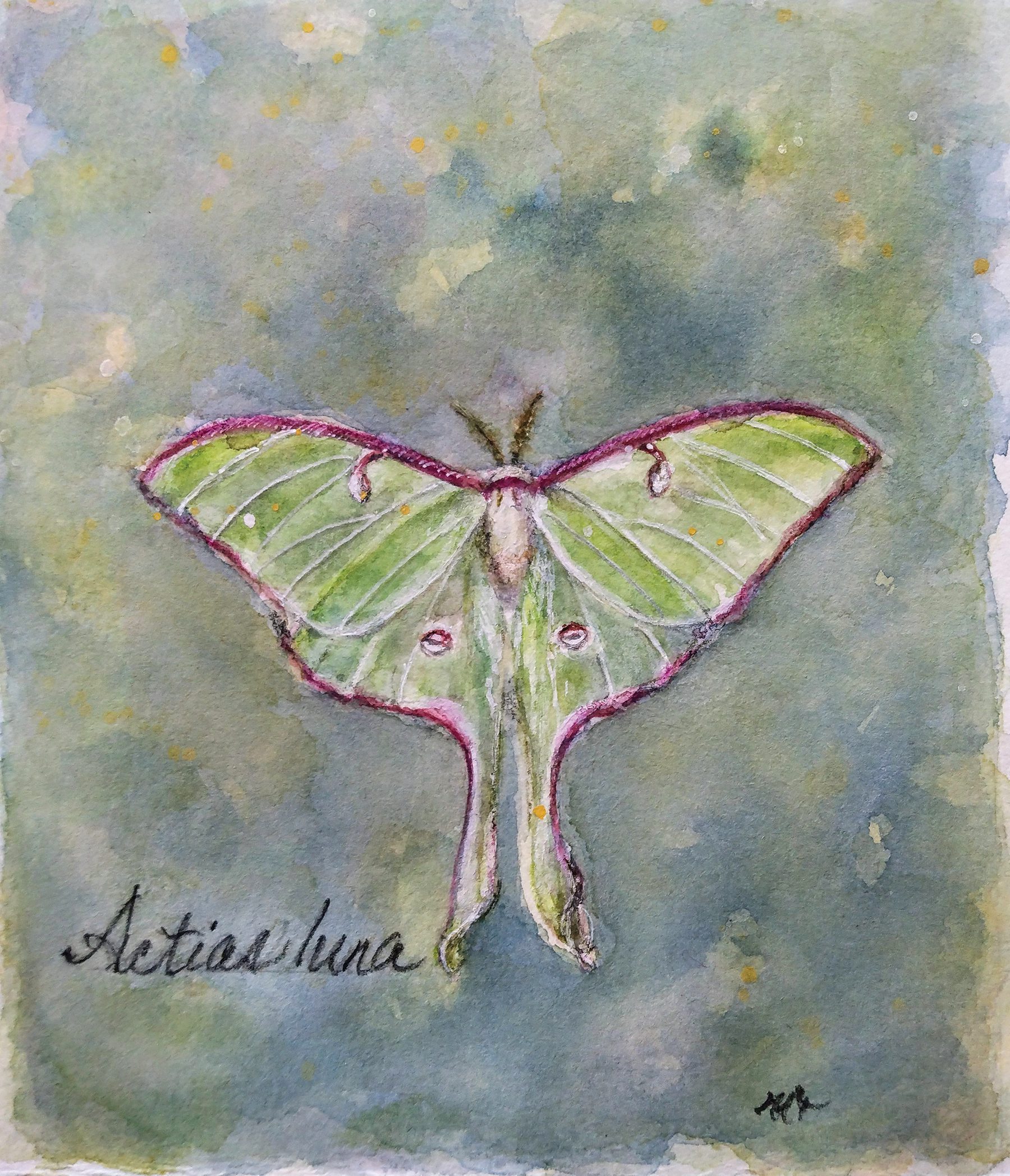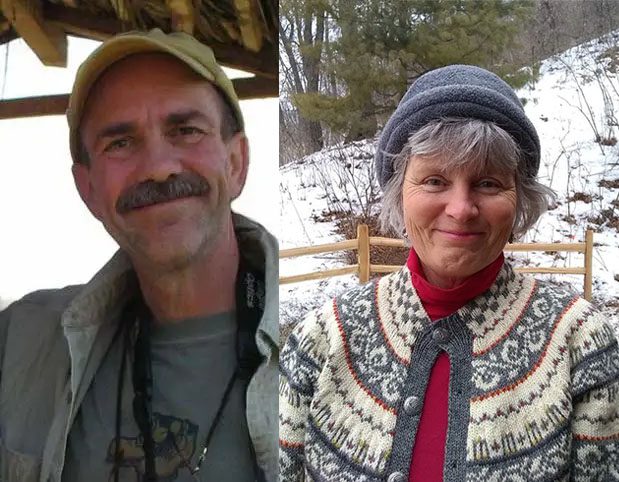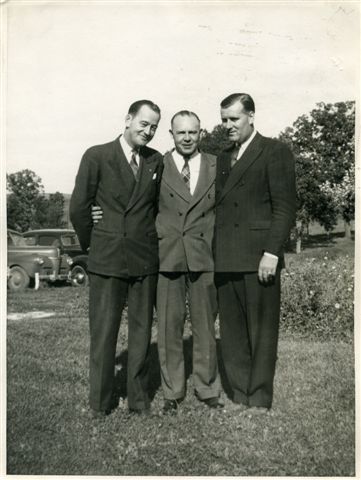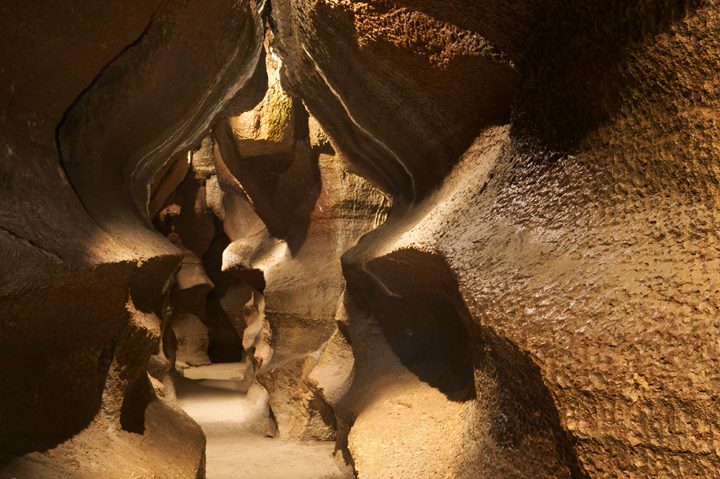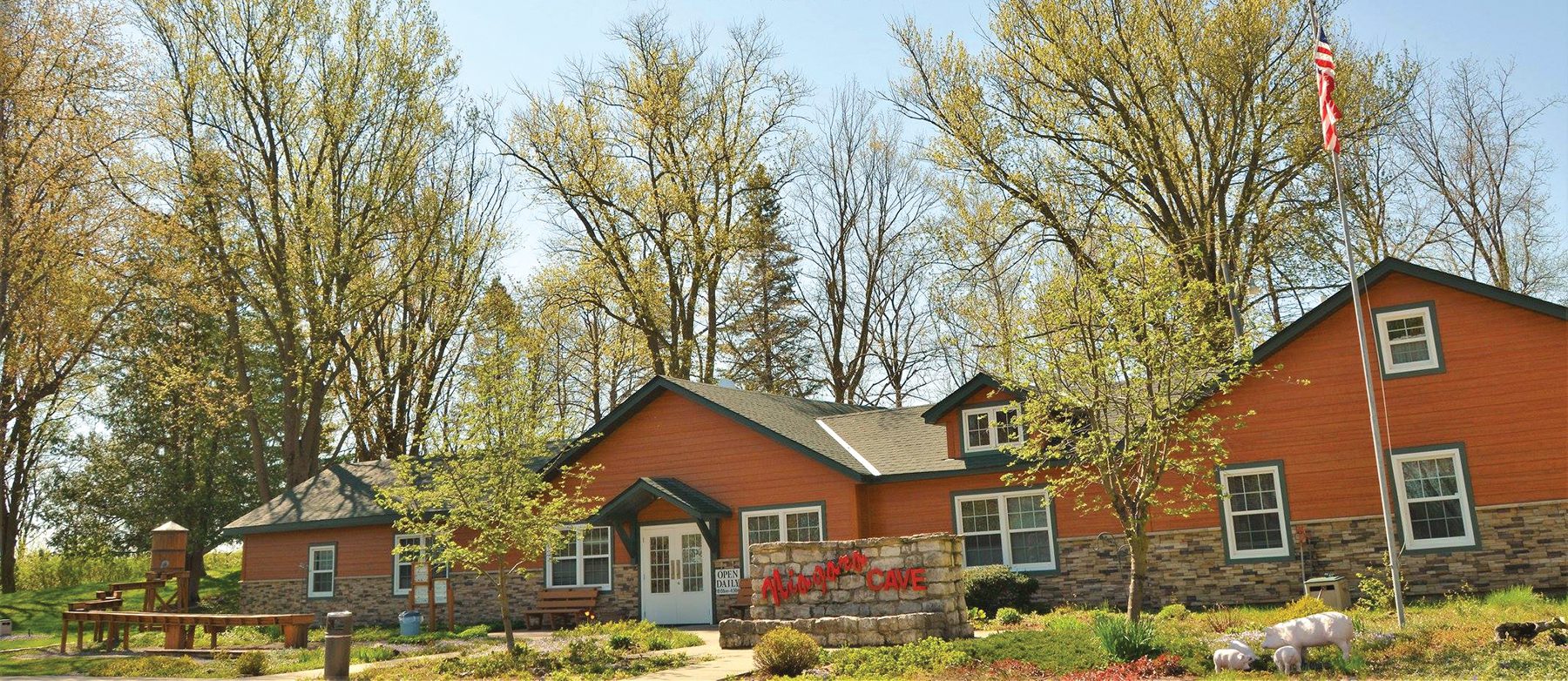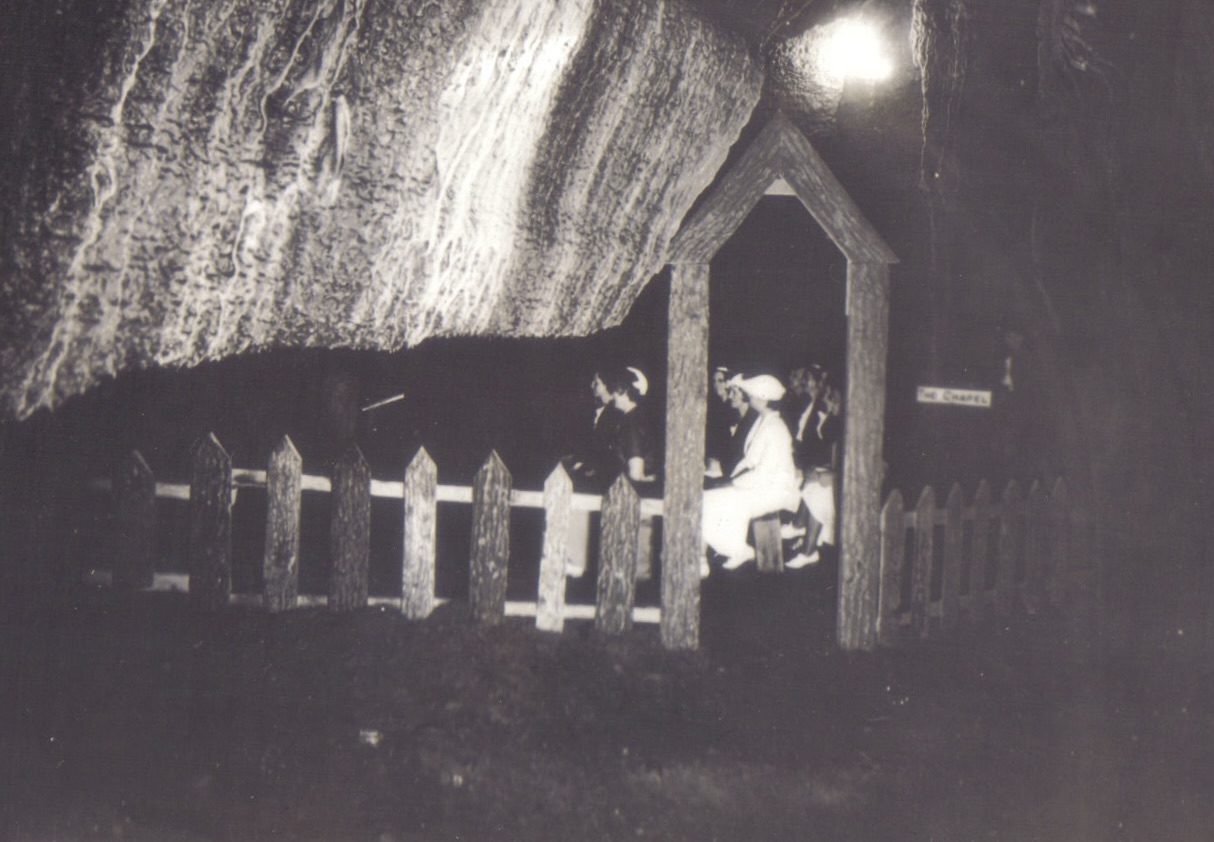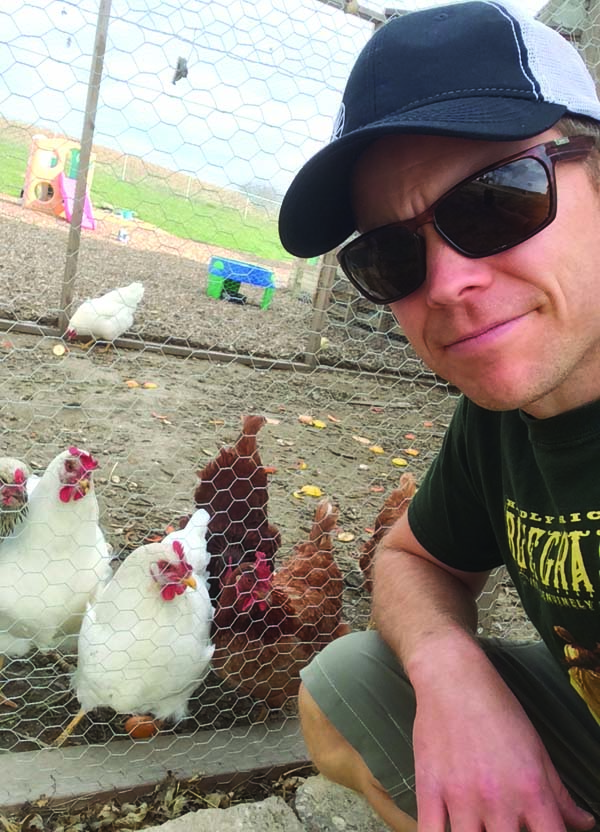
Jerry was interviewed by his daughter, Julie Spilde
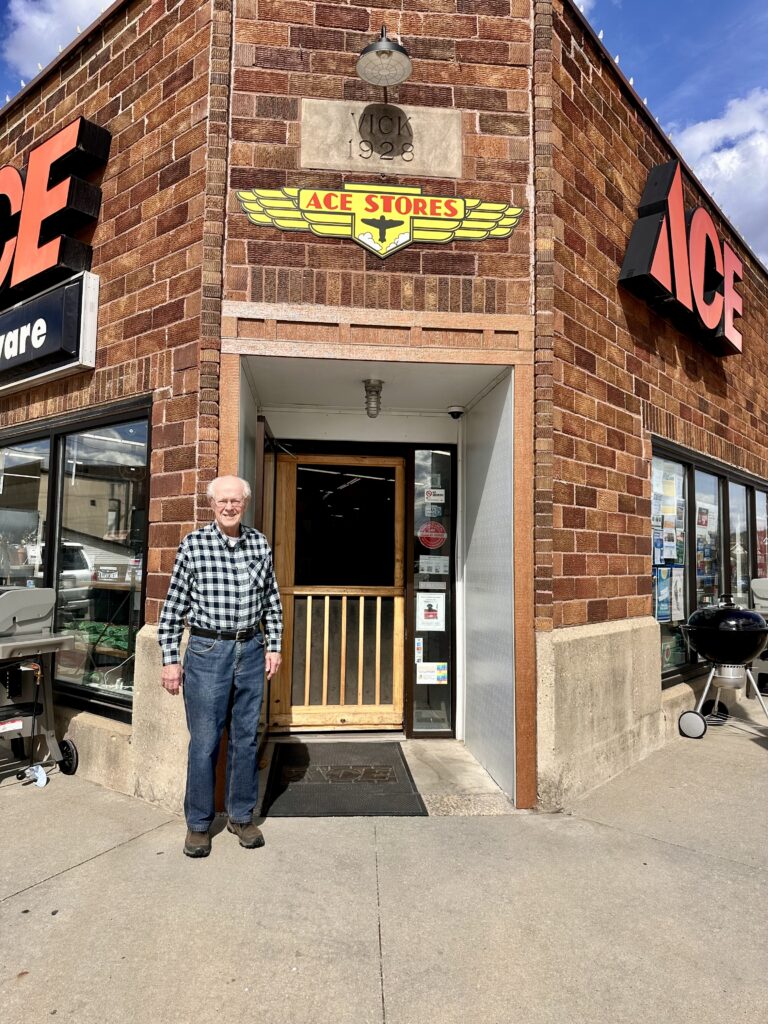
Jerry Aulwes has been a friendly face in downtown Decorah for many years. You may see him walking home from errands downtown and visiting with everyone as he strolls down the sidewalks. One of his favorite stops is Decorah Bank and Trust. It was a daily stop for most of his life and he still enjoys stopping in, being greeted by the staff, and visiting with bank employees. Jerry also makes sure to get to coffee at the Landing Market as often as possible so he and the coffee club members can “Solve all of the world’s problems over a cup of coffee.” Jerry has spent many years of his life in Decorah doing all things Decorah… running a small business, raising his family with his wife, JoAnn, volunteering his time on several different boards including Decorah Chamber, Decorah Betterment, Decorah Jaycees (he was one of the Nordic Fest Founders on that board), Decorah City Council, Luren Singers, and Decorah Rotary just to name a few. Decorah was not Jerry’s birthplace, but it is the community that he cherishes, loves, and wants to see thrive.
What’s the best advice anyone ever gave you?

Lyle Kelly, a neighbor and friend, told me, “Calm down, live for today and tomorrow will take care of itself.”
What did you want to be when you grew up?
In that time, I knew I had to enlist in the service, and I knew I wanted to be Navy. I thought I would figure the rest out after that.
What do you/ did you do?
Many different things, I was a soda jerk, an usher in a theater, then joined the Navy. After the Navy, I did go to college at Upper Iowa University and the University of Wisconsin La Crosse. After college, I worked as an Assistant Manager at Jack and Jill and then for Altfillisch, Olson, Gray, and Thompson Architects. A job at the Office of Economic Opportunity led to working as a Director for the Chambers of Commerce in Tomah Wisconsin, Wausau, Wisconsin, and Marshall, Minnesota.
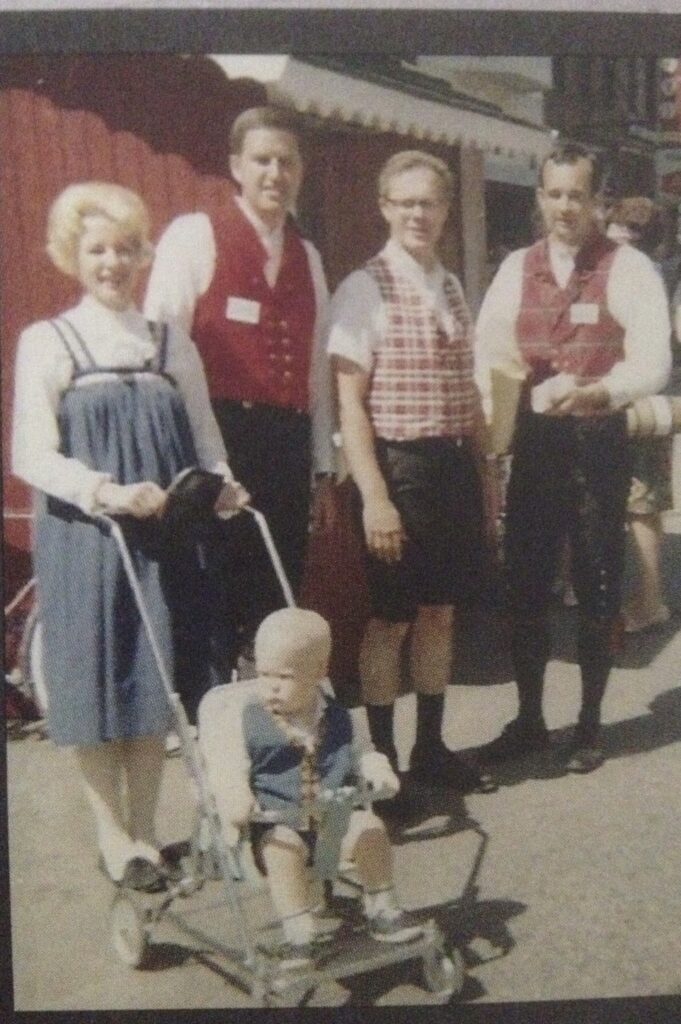
During those years away, contact was kept with friends in Decorah and, in particular, Leo Teikkpe, the owner of Coast to Coast, who sold us the Hardware store in 1975. I owned the store until 2003 when I sold it to my daughter Julie and her husband Steve. I did help at the hardware store after that for a few years, but one of my favorite jobs came after that when I volunteered for Oneota Food Coop and I got to give food, beer, and wine samples and visit with people. (He also likes to joke that Julie fired him so he had to get the volunteer job…..but to this very day he still stops in at Ace Hardware to oversee that things are still getting done.)
If you were stranded on a desert island what three things would you want with you? Water, food, and company so I would have someone to visit with.
Try to describe yourself in one sentence. Kind of a nice old guy.
If you could eat anything every day for the rest of your life, what would it be? Black licorice
Name one thing you could not live without. My brain and it’s not the greatest anymore.
Tell us about …
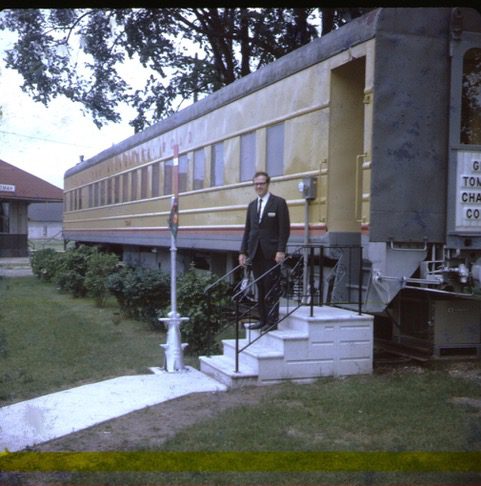
A. Your wedding day to JoAnn: I only really remember being very concerned about not using a movie camera that day because my light bar at my sister’s wedding caused all of the electricity to go out in the whole church and I didn’t want that to happen.
B. Your first job: My first job was being a soda jerk and movie theatre usher, I used to seat the naughty kids at the back of the theatre so that I didn’t have to clean up the jujubes that they threw at the movie screen.
C. Your favorite memory: One that I can remember was when a neighbor, Scott Lang, came over with the new Nordic Fest Brochure, and my granddaughters were on the front cover, that made me especially proud since I was one of the Nordic Fest founders.




